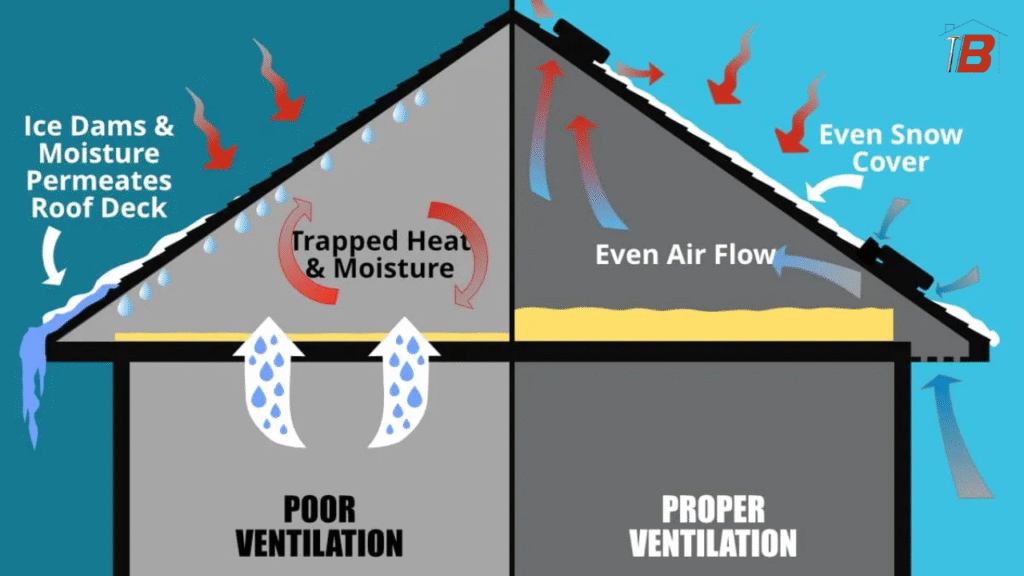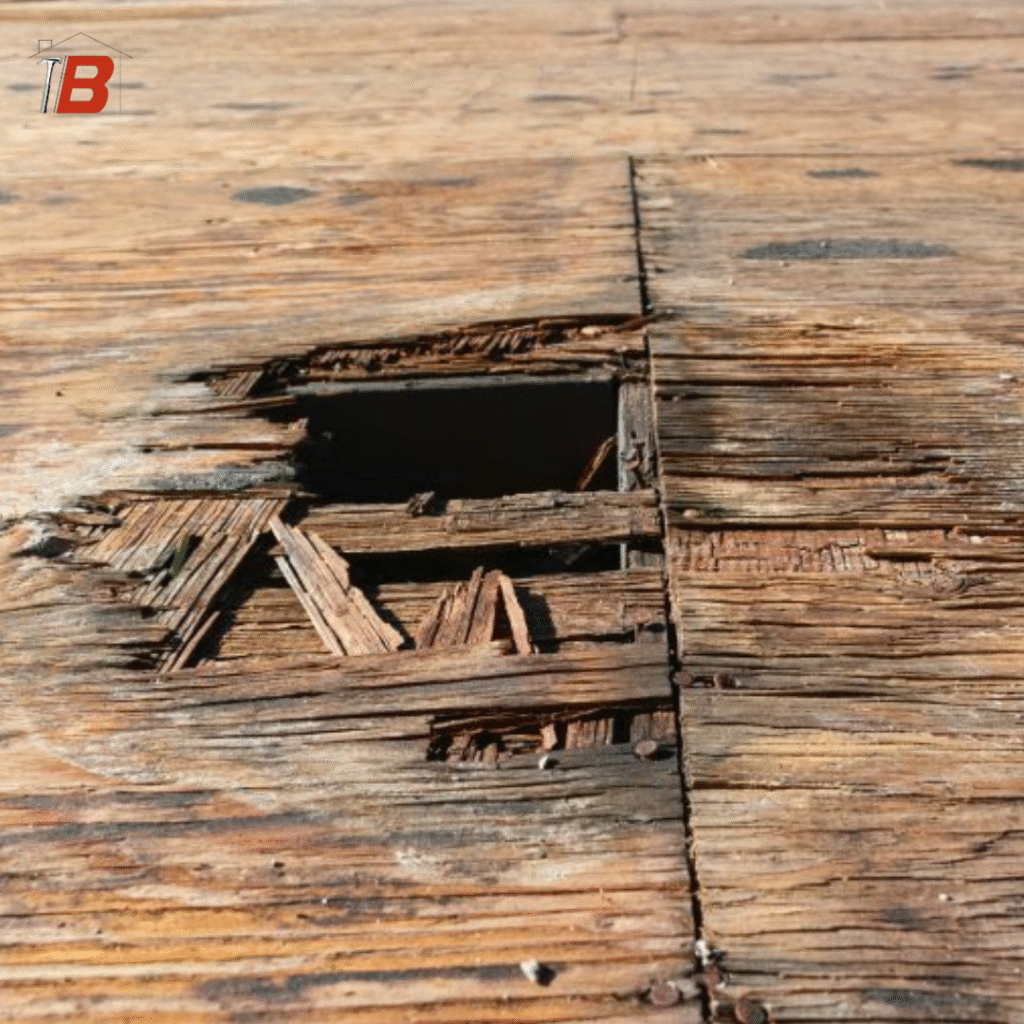Your attic might seem like a forgotten space, but it plays a crucial role in the overall health and efficiency of your home. Proper attic ventilation is essential for maintaining a comfortable indoor climate, preventing roof damage, and reducing energy costs. At Brown’s Roofing, we often see the consequences of poor attic ventilation, and we want to help you understand why it matters and how to ensure your attic is properly ventilated.
Why Attic Ventilation Matters
Attic ventilation is the process of circulating air through your attic space. This helps to regulate temperature and humidity levels, which can have a significant impact on your roof, AC system, and energy bills.
Here’s how proper attic ventilation benefits your home:
- Prevents Overheating: In the summer, the sun can heat up your roof to extreme temperatures. Without proper ventilation, this heat can build up in your attic, making your AC system work harder to cool your home.
- Reduces Moisture Buildup: In the winter, warm, moist air from your living spaces can rise into your attic. Without proper ventilation, this moisture can condense on the underside of your roof, leading to mold growth, wood rot, and insulation damage.
- Prevents Ice Dams: In cold climates, poor attic ventilation can contribute to the formation of ice dams, which can damage your roof and cause water to back up into your home.
- Extends Roof Life: By preventing overheating, moisture buildup, and ice dams, proper attic ventilation can extend the life of your roof.
- Reduces Energy Costs: By reducing the strain on your AC system and preventing heat loss in the winter, proper attic ventilation can lower your energy bills.

Signs of Poor Attic Ventilation
If your attic is not properly ventilated, you may notice the following signs:
- High Energy Bills: If your energy bills are higher than usual, it could be a sign that your AC system is working harder to cool your home due to a hot attic.
- Ice Dams: If you live in a cold climate, ice dams forming on your roof are a clear sign of poor attic ventilation.
- Mold or Mildew: If you notice mold or mildew growth in your attic, it’s a sign that there is too much moisture.
- Rotting Wood: If you see signs of wood rot in your attic, it’s a sign that there is too much moisture.
- Damaged Insulation: If your insulation is wet, compressed, or damaged, it’s a sign that there is too much moisture.
Types of Attic Ventilation
There are two main types of attic ventilation:
- Natural Ventilation: Natural ventilation relies on the natural flow of air to circulate through the attic. This is typically achieved through a combination of soffit vents (located under the eaves) and ridge vents (located at the peak of the roof).
- Mechanical Ventilation: Mechanical ventilation uses fans to circulate air through the attic. This is typically used in homes with complex roof designs or in areas with high humidity.

How to Improve Attic Ventilation
If you suspect that your attic is not properly ventilated, there are several steps you can take to improve it:
- Inspect Your Vents: Make sure that your soffit and ridge vents are not blocked by insulation or debris.
- Add More Vents: If you don’t have enough vents, consider adding more. A general rule of thumb is to have 1 square foot of ventilation for every 300 square feet of attic space.
- Install a Ridge Vent: If you don’t have a ridge vent, consider installing one. Ridge vents are very effective at removing hot, moist air from the attic.
- Seal Air Leaks: Seal any air leaks in your attic to prevent warm, moist air from your living spaces from entering the attic.
- Consider Mechanical Ventilation: If natural ventilation is not sufficient, consider installing a mechanical ventilation system.
Brown’s Roofing: Your Attic Ventilation Experts
At Brown’s Roofing, we understand the importance of proper attic ventilation. Our team of skilled professionals can inspect your attic, assess your ventilation needs, and recommend the appropriate solutions. We can install soffit vents, ridge vents, and mechanical ventilation systems to ensure that your attic is properly ventilated.
Don’t let poor attic ventilation damage your roof, strain your AC system, and increase your energy bills. Contact Brown’s Roofing today for a comprehensive assessment and expert attic ventilation services. We’re here to help you protect your investment and ensure a comfortable, energy-efficient home.
